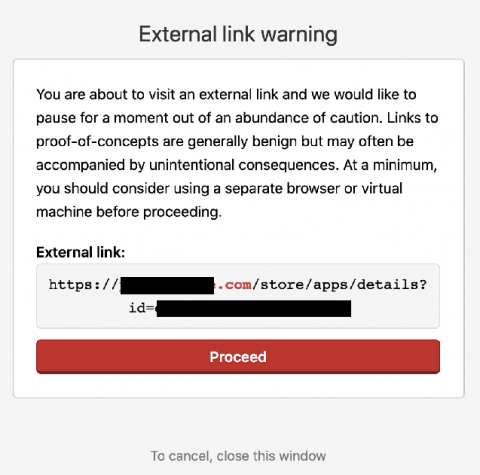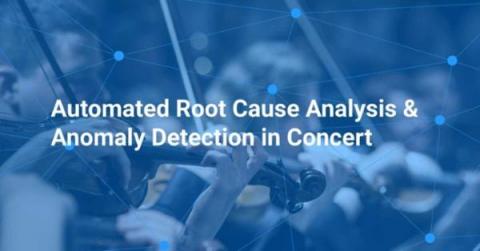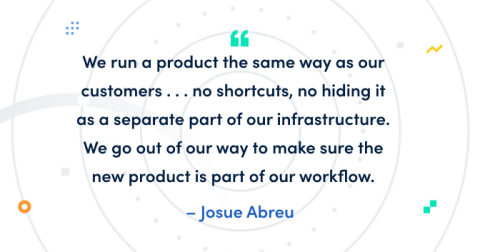7 things no one will ever tell you about Kubernetes
Kubernetes is the most popular Open Source technology of the last five years. It was created by Google to allow companies to use container (Docker) applications in production. Today, Kubernetes is the new standard for running applications in the Cloud or on its servers (on-premise). I even heard from a Cloud architect from Azure: "our customers no longer come to us to do Cloud, but to do Kubernetes". That's to say how much a utility software* upsets a whole ecosystem.











